Category: Great Ayton Moor
-
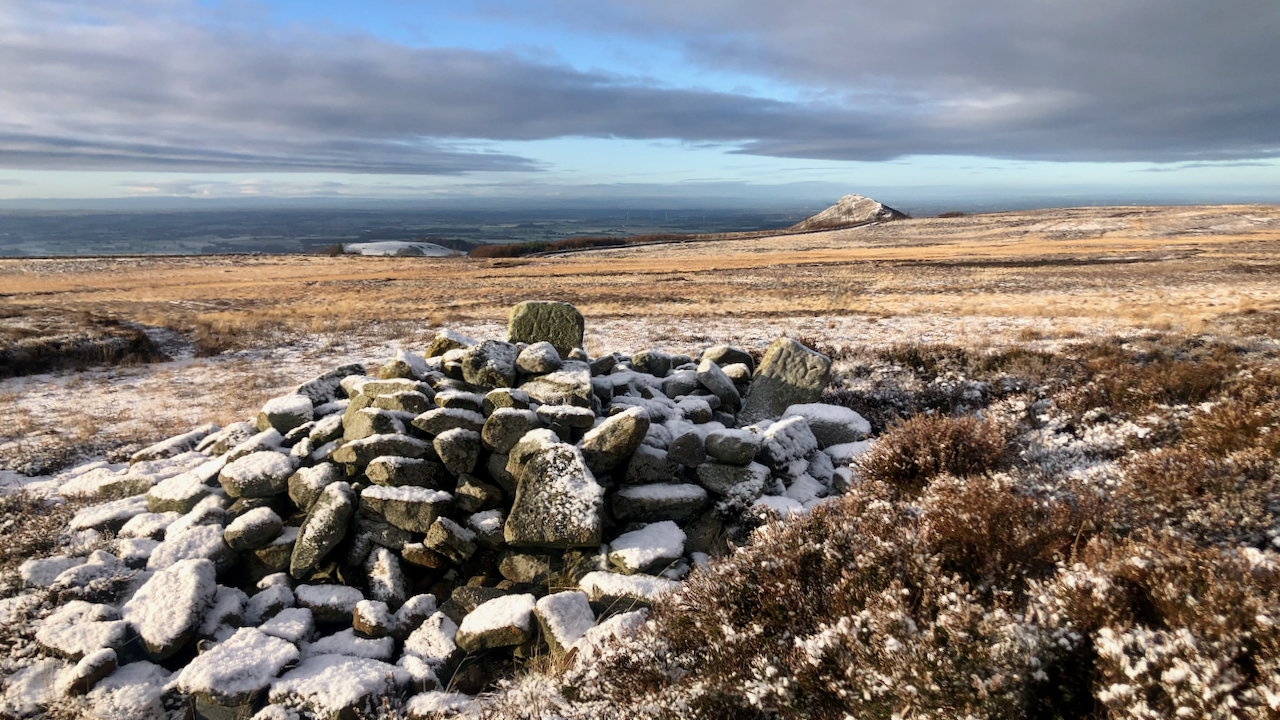
There is nothing as exhilerating as being out in the snow
Well ok, it was only a smattering, a ‘greymin‘, barely enough to cover the rocks on this Bronze Age tumulus on Great Ayton Moor. ” ‘Twas frost and thro leet wid a o’ greymin snaw“. On my walk up Roseberry through Newton Wood, the feathery pruinescence of the dead bracken fonds meant I was not…
-
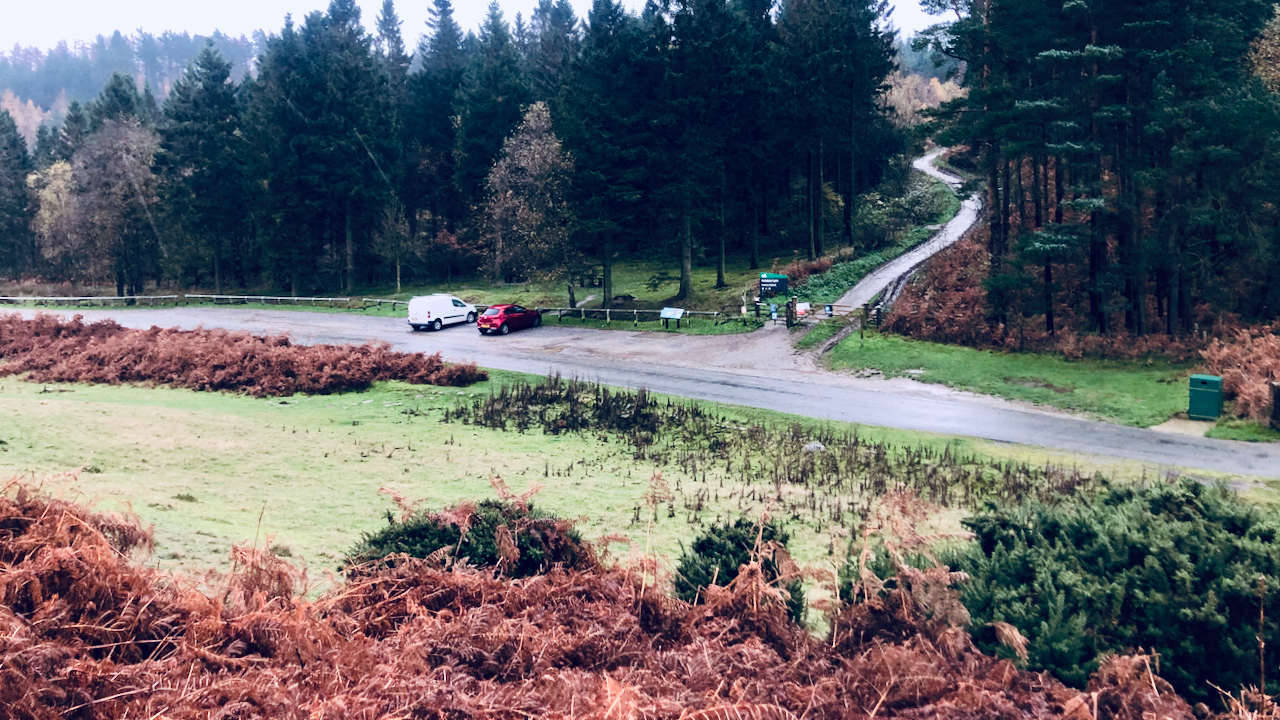
An early start
It was dry when I left home but by Gribdale Gate, the wind had picked up and it was beginning to spit, and any thoughts of photography had been forgotten. Still, it was pleasant to see Gribdale empty of cars; apart from two early dog walkers. It’s has always been a popular car park as…
-
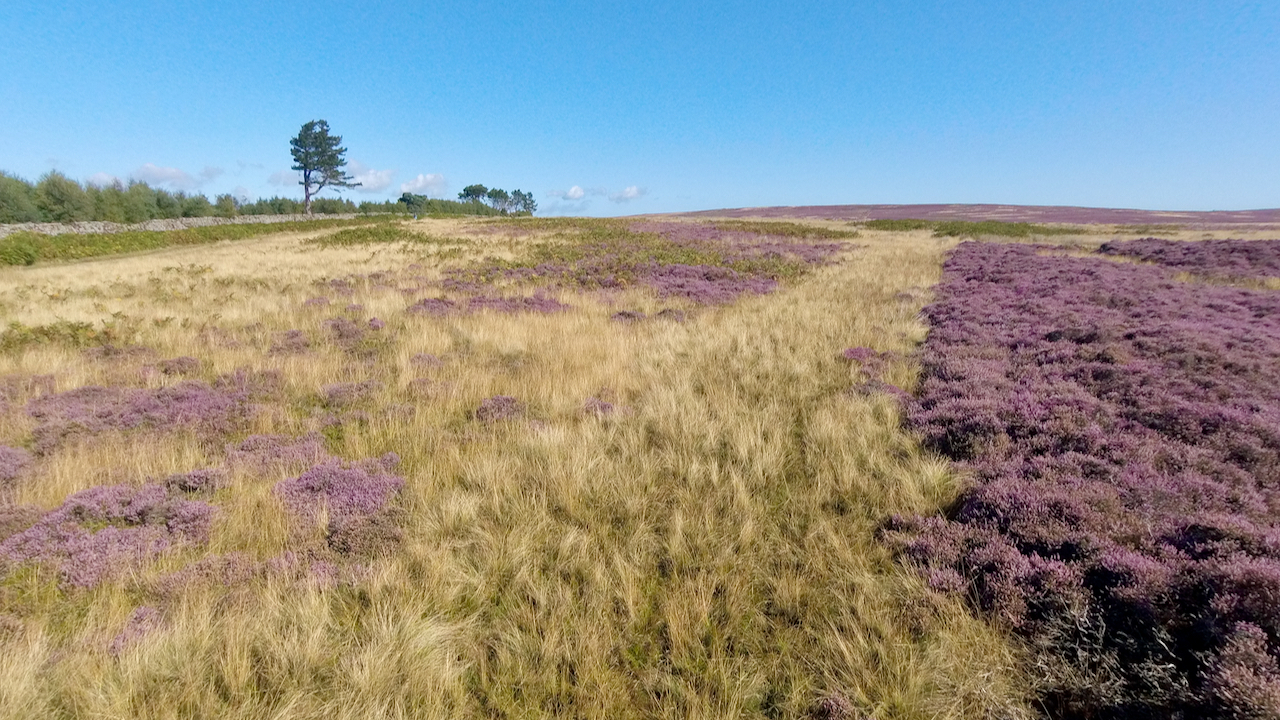
The Bronze Age funerary landscape of Great Ayton Moor
Great Ayton Moor is well known for its wealth of prehistoric monuments, including a chambered cairn, a large cairnfield and an Iron Age enclosure. The most photogenic feature must be the chambered cairn which I’ve posted about before here, but today was submerged by bracken. In the photo this bracken covered chambered cairn is top…
-
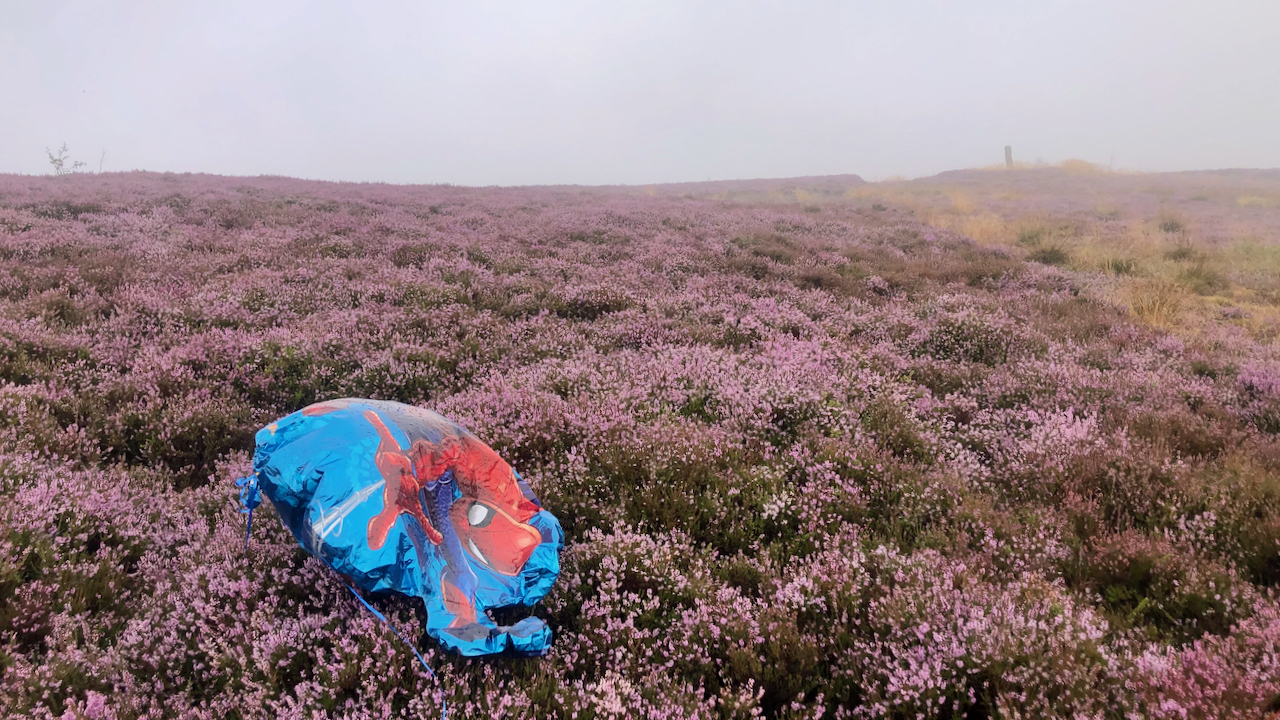
“With great power comes great responsibility”
So said Spiderman. It’s a pity those who manufactured, sold, or brought this balloon didn’t show any responsibility. I’m not sure what it’s made of — some sort of petrochemical material no doubt. ‘Mylar‘ is one brand make for these helium-filled balloons. There are many reported cases of animals dying from ingesting discarded balloons, (here’s…
-
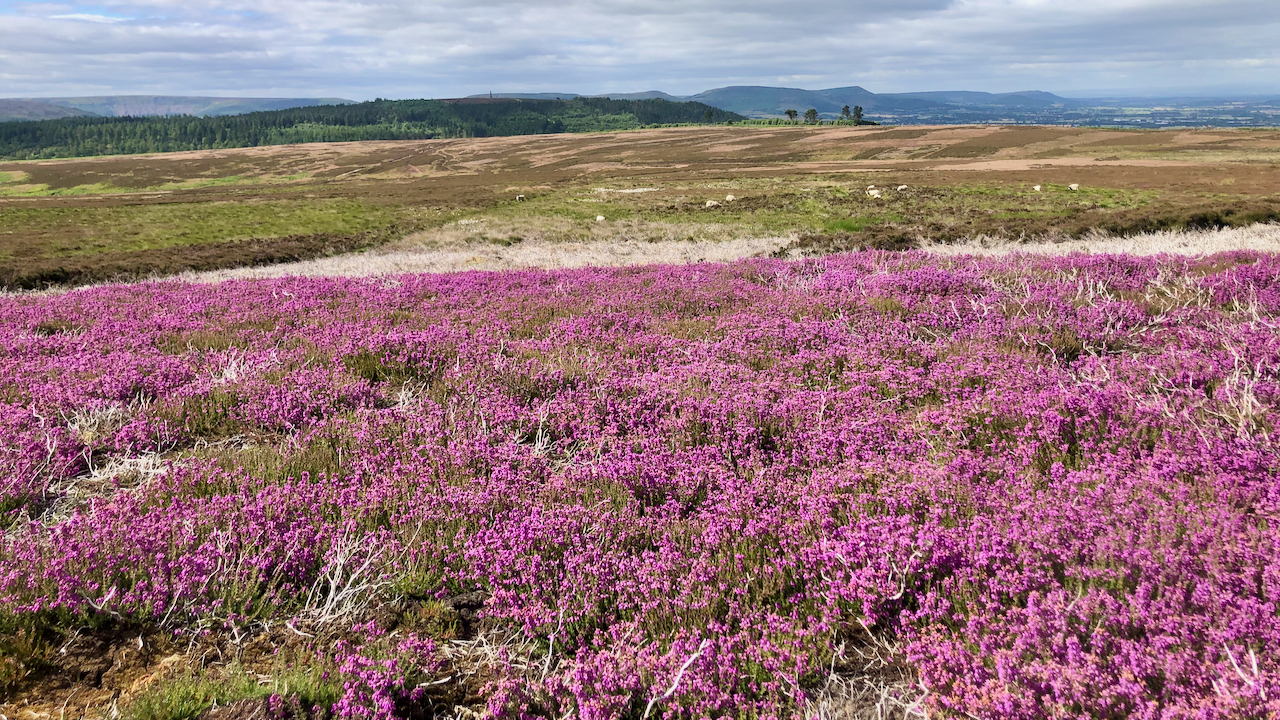
Erica cinerea
The moors will soon be a profusion of lilac with the blooming of the Ling, but for several weeks now the deeper purple blaze of Bell heather has been taking the glory. This swathe of Bell heather is the largest I’ve seen. Normally it prefers to grow in small clumps on drier ground, the tops…
-
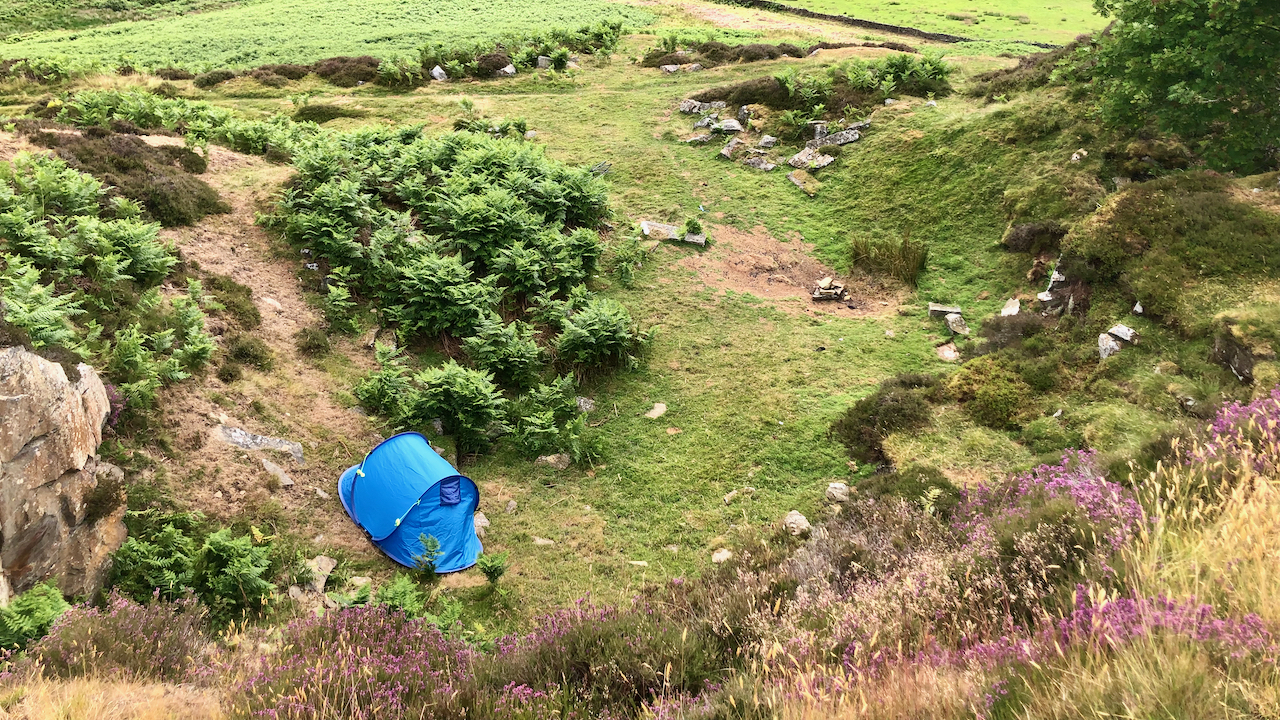
Leave No Trace
Leave No Trace is an American initiative to educate and encourage users of the outdoors to converse, protect and minimise impact on the environment. 7 principles are urged: Plan Ahead & Prepare Travel & Camp on Durable Surfaces Dispose of Waste Properly Leave What You Find Minimize Campfire Impacts Respect Wildlife Be Considerate of Others…
-
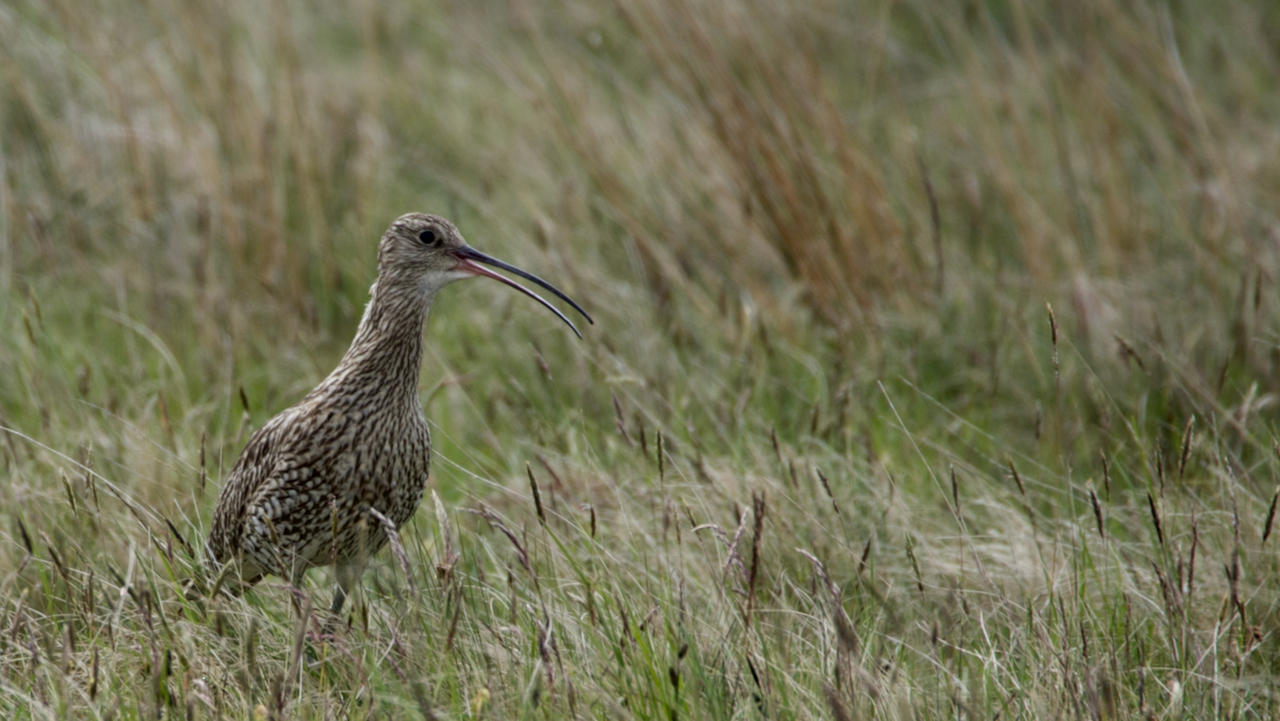
It saw me before I heard it
The curlew, the Eurasian Curlew to be precise, Numenius arquata, the darling of the grouse moor owners. Their relative success in breeding on our moors is the keepers’ justification for the trapping of every predator which has a taste for grouse chicks. It’s their vindication that estates managed for shooting are rich in bio-diversity. An…
-
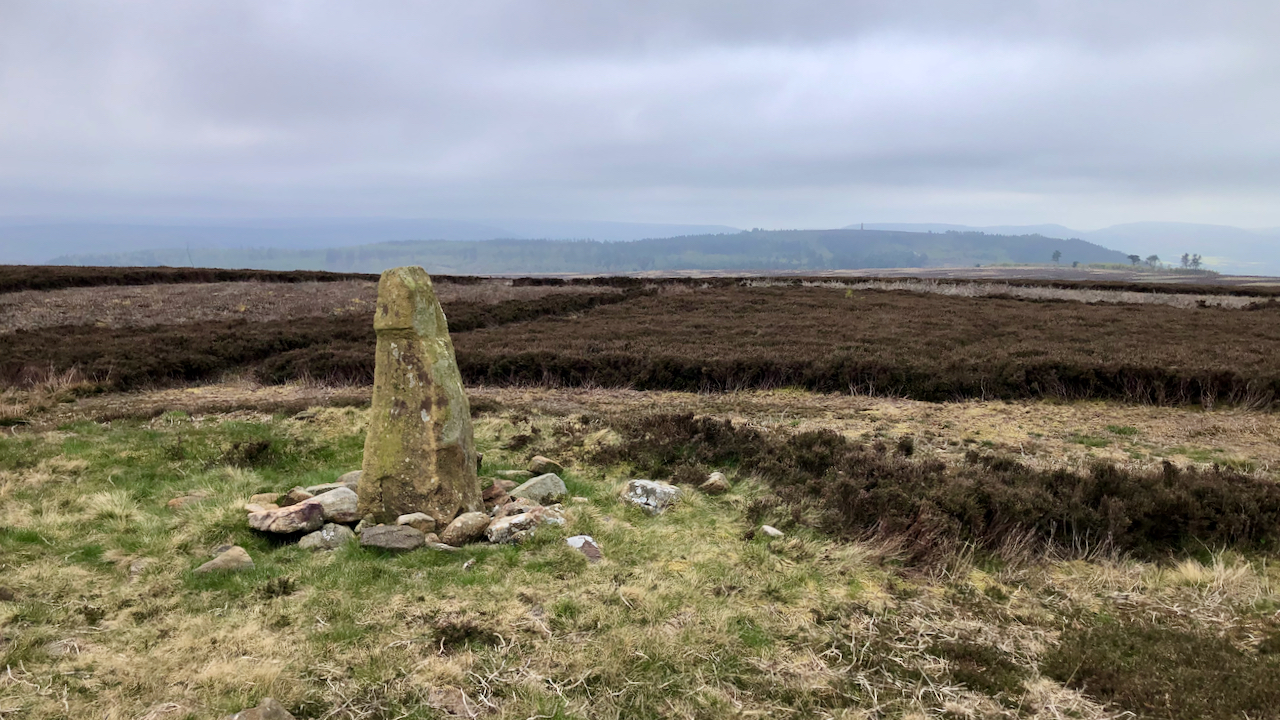
‘A Yorkshire Tragedy’
I don’t usually do this view — on a sunny day it would be into the sun — but, a bit cloudy today, and with a surprising chilly wind. From Great Ayton Moor. On this day (23rd April) in 1605, Walter Calverley of Calverley Hall murdered his two sons, and seriously wounded his wife, and…
-
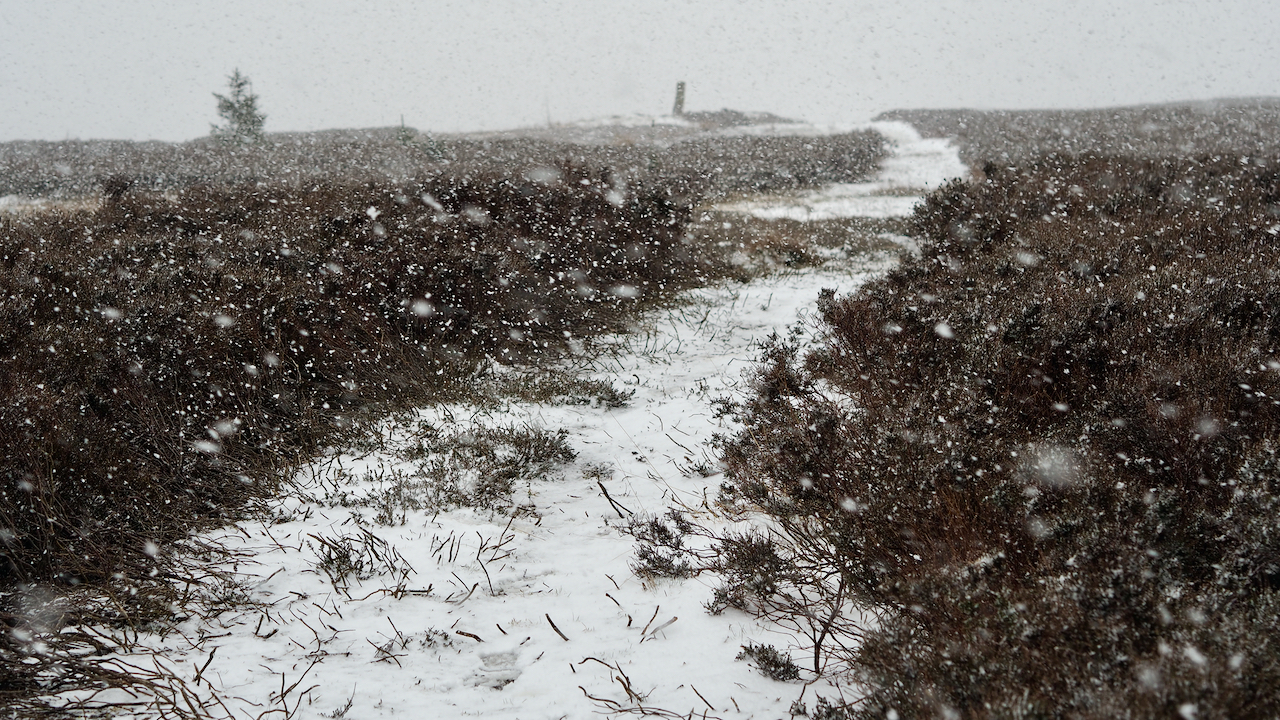
A shower on t’moors
Every poet since Chaucer has waxed lyrically about April showers: Whan that Aprill, with his shoures soote The droghte of March hath perced to the roote And bathed every veyne in swich licour, Of which vertu engendred is the flour; and foretold of flowery times for May. But I don’t think many had in mind a blizzard.
-
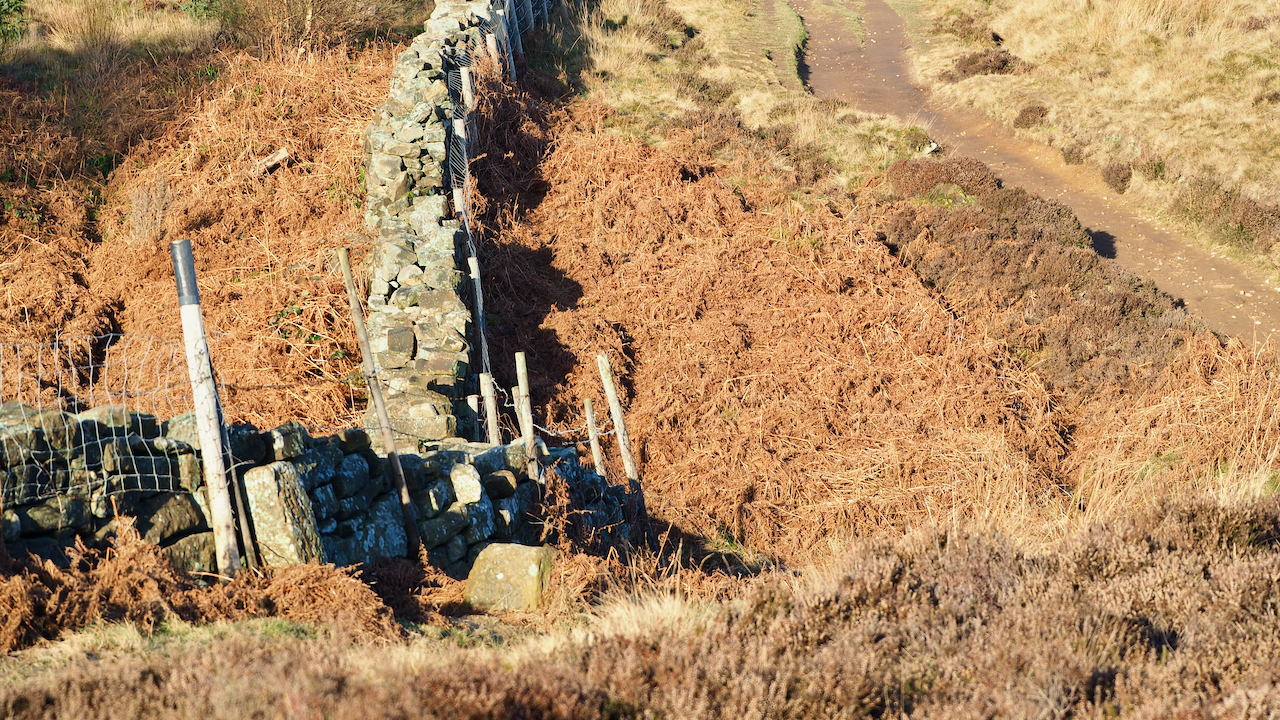
Thomas Kitchingman Staveley
I took this photo of a pair of 19th-century boundary stones that identifies the old parish boundary between Newton under Roseberry and Great Ayton to demonstrate the extent of the National Trust land on Newton Moor. The National Trust property boundary follows the old parish boundary, so the beck just beyond the boundary stones is…